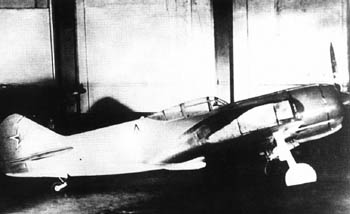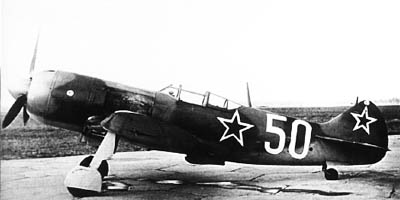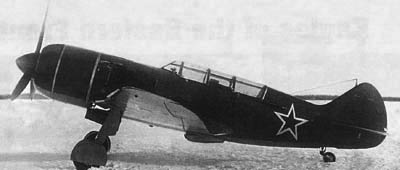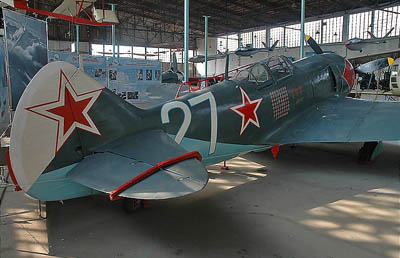 |
||||||
|
||||||
|
|||||||
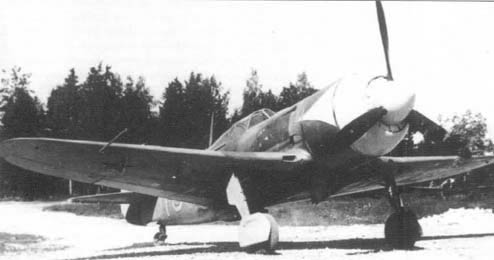 |
|||||||
| Lavochkin La-7 | |||||||
The Lavochkin La-5 was a huge success on the frontline and popular with the pilots. But its Designer Semyon Lavochkin felt that it could still be improved. Beside the ASh-82FN radial engine, there was no other higher developed radial engine available. But over time, the La-5 received weight reduction, when metal for more metal parts became available. Apart from the weight reduction, Lavochkin’s design studio also made some aerodynamic improvements, which were implemented on the La-5 “205”, which was tested in the wind tunnel. |
|||||||
|
|||||||
These improvements were realized in the prototype of the new designated La-7, which took off for its first flight on |
|||||||
|
|||||||
| The La-7 was rushed to the front lines. It was first flown in combat in September 1944. It proved very successful in aerial combat, and in the early phase of its service more were lost to engine failure than to enemy fire. Towards the end of the war, the number of La-7’s in service increased steadily. By January 1945 it were 398, and by May, when the War ended in Europe, it were 967 aircraft. The later versions were fitted with three newly developed automatic machine cannons instead of the two ones featured also in the La-5. The La-7 was the first soviet plane that could take on the German Me 109 in vertical maneuverablility and the Fw-190 in speed. It even stood its ground against the first german fighter jets: Ivan Kozhedub, nicknamed “Ivan the terrible”, the highest scoring ace on the side of the allies, downed a Messerschmidt 262 jet fighter in his La-7. It was used forpatrolling, escorting and air superiority missions as well as for strafing, bombing and reconnaisance missions. |
|||||||
|
|||||||
| After the war the La-7stayed in service with the soviet forces until replaced by the La-9, which was a completely new development. In Czechoslovakia, the La-7 was flown after the war under the designation S-97 until 1960. In China and North Korea, the La-7 was flown until it proved inferior to a new generation of fighter jets in the Korea War. The La-7 became also known under the Nato reporting name “Fin”. |
|||||||
|
|||||||
| wingspan: 9.8m length: 8.6m height: 2.54m empty weight: 3.315kg maximum speed: 661km/h range: 665km |
|||||||
| return to top |
